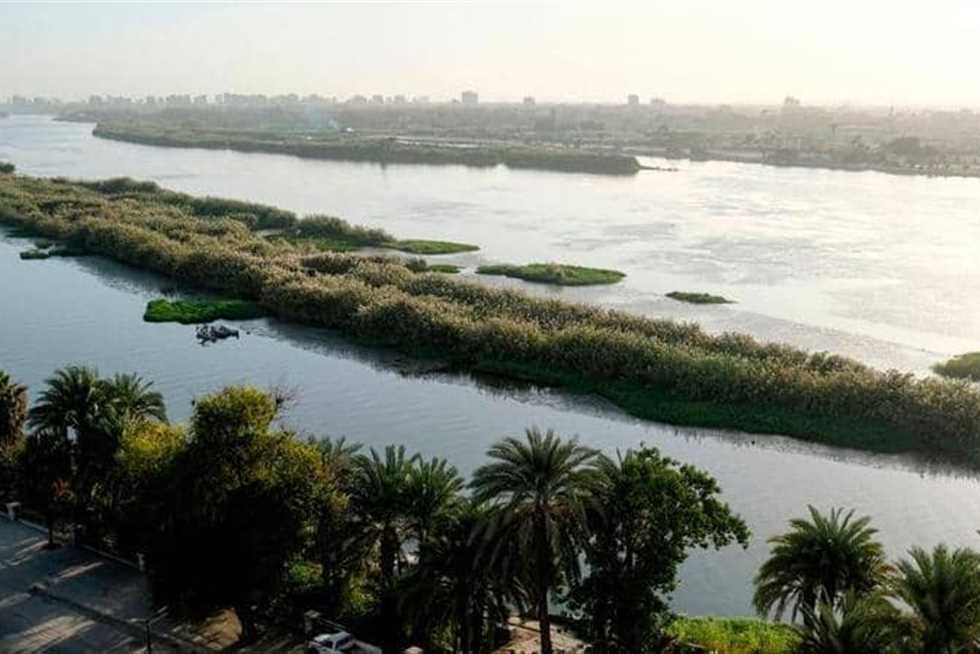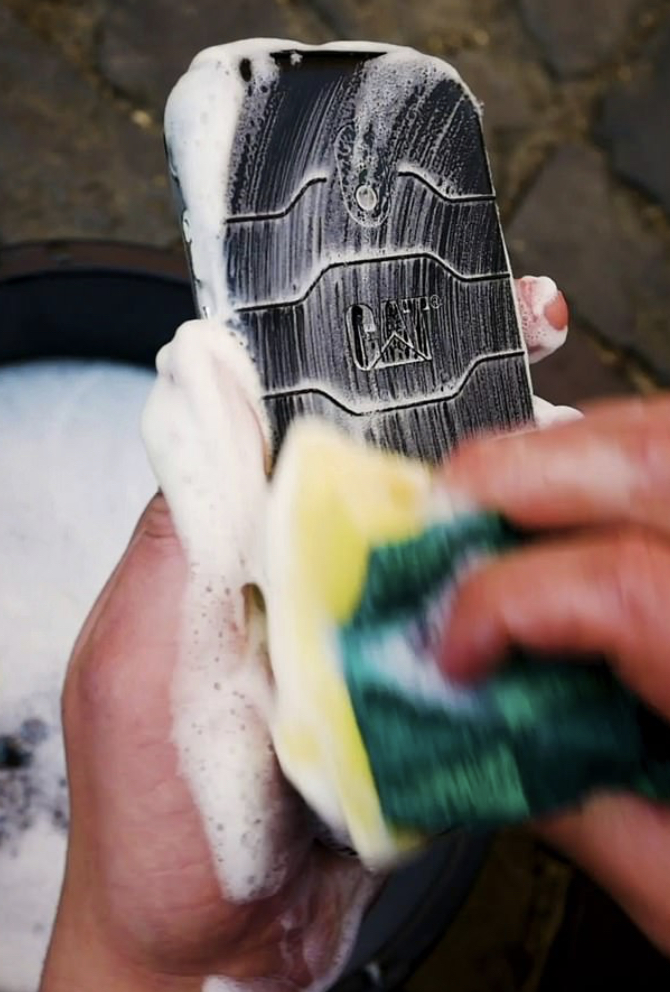After a summer of high-profile cases of tainted water across Egypt, one researcher says he has a cheap, practical solution to contaminated water in the country’s rural areas.
Ahmed Shaaban, a water pollution professor, has designed a system that would eliminate much of the iron, manganese, and heavy metals often found in groundwater in Egypt.
The system, “Bioremoval for Clean Water,” relies on specific bacteria or fungi that feed on the organic matter, according to Shaaban, who is also vice president of the National Research Centre.
Implementing this system at groundwater sources, where most rural areas in Egypt get their water, would go leaps and bounds beyond the current treatment, which consists solely of adding chlorine to the water.
“This not enough for treating groundwater, especially after the groundwater becomes polluted,” Shaaban says.
Rural areas in Egypt receive much of their water from groundwater, which Shaaban’s system targets.
Groundwater in both desert areas and the Delta region often becomes contaminated by heavy metals, while the latter area also sees microbial contamination, according to Mohamed Fathy Salem, an assistant professor of agriculture at Monofeya University. Groundwater and the Nile River serve as the two main sources of water in Egypt.
The Nile suffers from both heavy-metal and microbial contamination, in addition to pollution that makes its way into the river’s waters. The toxic mix had led to high levels of kidney failure across the country.
A new filtration method that removes lower concentrations of iron, manganese and heavy metals is a start on the path to cleaning up rural areas’ water, Salem says, but adds that it would only address one of many issues.
The system fails to remove the organic pollution common in rural Delta areas, where trash, pesticides, and other toxins make canals and surface water –– and to a degree, groundwater –– unfit for human consumption.
The government’s reluctance to recognize the scale of the problem has created headaches for those trying to bring clean water to most Egyptians, says Salem, who plans to hold a conference soon to find a solution to a recent water-quality crisis in the Monofeya area.
Urban areas often receive more attention from the government and benefit from advanced filtration technology.
In Shaaban’s system, water at a groundwater treatment plant will flow through a basin or pipe containing tiny gravel covered with a certain bacteria –– he will not reveal its name because the Egyptian strain is being patented –– that will eliminate certain levels of iron, manganese, and heavy-metal contaminants.
The system would treat the water after it goes through aeration, a process that uses oxygen to remove material in the water that can be oxidized.
After the bio-removal, water would flow through a sand filter to get rid of small particles and some other materials still present. Chlorine could be added at the end, too, and Shaaban says it is essential that the water is then stored cleanly and safely.
Normally, treating groundwater in Egypt consists solely of withdrawing water from the ground and adding chlorine to it, which has proven inadequate, Shaaban says.
“Just chlorine, nothing else,” he says.
In Monofeya, households contaminate the groundwater with their waste, and across Egypt, commercial polluters wreak havoc on Egypt’s water above and below the ground, Salem says.
“From Assiut to Fayoum … the industry throw away their waste-water directly into the Nile,” he says. “And no one in the Ministry of the Environment can make controlled measures and make a good punishment for these companies to stop their contamination.”
A lot of this pollution consists of heavy metals, Salem says; any system that removes heavy metals from water would need to work for particularly high concentrations.
Shaaban’s system comes cheap, he says, with low-cost materials and a long shelf life.
The gravel Shaaban uses contains its own iron, though, but Shaaban says washing the gravel with acidic materials eliminates it.
Shaaban has collaborated with a Greek scientist building a similar system, and has reviewed literature from England about the method.
Shaaban says his system would lower rates of turbidity, or the cloudiness of the water, and he has even conducted taste tests with National Research Centre employees and visitors.
He says he has so far tested his system’s effects for up to one year, and has found success.
Shaaban expects to complete his final report on his system by the end of the year. He started his research in 2009 and completed it this summer; a former co-principal investigator on the research has since moved to Saudi Arabia, he says.
The Ministry of Scientific Research funded Shaaban’s research, and his paper will go before another panel on the path to determining whether his system will be implemented. He used artificial groundwater in the lab and still needs to test it with real groundwater.




